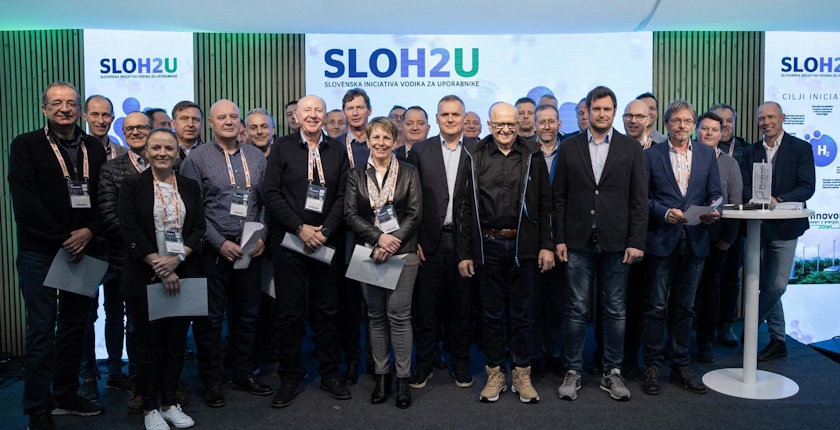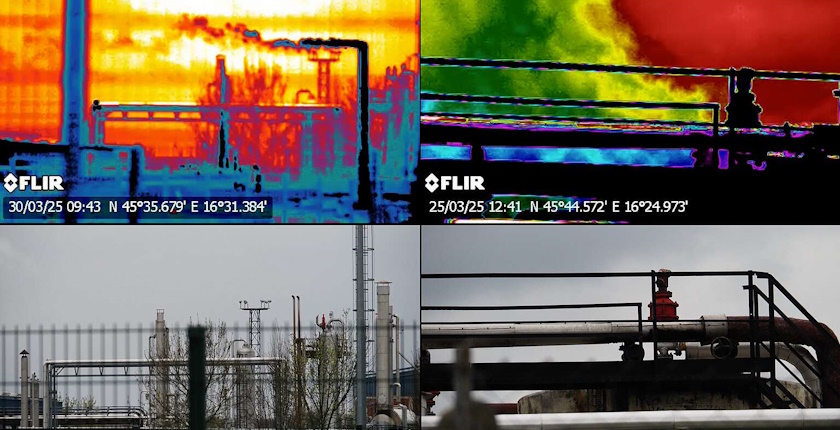
BiH entities agree on electricity market law – power exchange to be established in Mostar
After ten years of negotiations, the Republic of Srpska and Federation of Bosnia and Herzegovina, the two entities of BiH, have finally agreed on a law on the electricity regulator, transmission, and market. The important piece of legislation should enable the establishment of an electricity exchange, which is one of the conditions for BiH’s exemption from the Carbon Border Adjustment Mechanism (CBAM) on electricity exports to the European Union.
The breakthrough was announced by Staša Košarac, Minister of Foreign Trade and Economic Relations of BiH and Deputy Chairperson of the Council of Ministers.
The law on the electricity regulator, transmission, and market has been agreed, Košarac said after a meeting in Vienna with Energy Community Secretariat Director Artur Lorkowski.
The meeting was attended by Minister of Energy and Mining of the Republic of Srpska Petar Đokić and the Minister of Energy, Mining and Industry of the Federation of Bosnia and Herzegovina (FBiH) Vedran Lakić.
Košarac: A serious step towards fulfilling obligations in the energy sector
“After several years of attempts, since 2017, we have finally agreed on the law,” Košarac noted.
He recalled that the said legislation is one of the conditions for the exemption of BiH from the EU’s carbon border tax.
“We made a serious step towards fulfilling our obligations in the energy sector. I am truly grateful to Ministers Đokić and Lakić, and to the Energy Community Secretariat for cooperation,” Košarac stressed.
Lakić: BiH will no longer be the only country without a law and an electricity exchange
The Ministry of Energy, Mining and Industry of the Federation of BiH pointed out that the negotiations on the law lasted ten years.
“We have reasons to be extremely satisfied with the agreement, especially related to the current circumstances in BiH, because this is an important step in the process of exempting the country from CBAM. Now we will be able to protect exporters to the EU in all parts of BiH, and to use the funds collected from the CO2 tax for projects in the country,” Lakić explained.
In his view, the law also sets an environment for the establishment of an electricity exchange, based in Mostar. BiH is no longer the only country that does not have its own law on the electricity market and power exchange, he noted.
Đokić: The key reason for the agreement is the CBAM
The Minister of Energy and Mining of the Republic of Srpska Petar Đokić recalled that the law has been discussed for more than ten years. He noted that it only legalized the current practice established by existing laws.
Elektroprenos BiH, the Independent System Operator in Bosnia and Herzegovina (NOSBiH) and the State Electricity Regulatory Commission (SERC or DERK) are already operational in line with the laws.
CBAM has been postponed for a year
The key reason for the harmonization is the establishment of the electricity exchange because it is a prerequisite for BiH to submit a request for exemption from the cross-border CO2 tax, the minister stressed.
Without the exemption, BiH would pay a tax on its electricity exports to the EU and into the EU budget, said Đokić, who will be among the speakers at Belgrade Energy Forum 2025 (BEF 2025). The entity minister recalled that the EU postponed the CBAM implementation from January 2026 to January 2027. Of note, BiH previously asked for CBAM to be postponed.
The implementation of CBAM would make companies in BiH exporting electricity uncompetitive. It would jeopardize the financial stability of government-controlled power utility Elektroprivreda Republike Srpske (ERS) in the Republic of Srpska, according to the minister.
Đokić noted that the power exchange would be established by three power companies in BiH – ERS, Elektroprivreda BiH (EPBiH) and Elektroprivreda HZHB, with the transmission system operator – NOSBiH.





